Have you ever wondered what it would feel like to wake up floating 400 kilometers above Earth, watching the sunrise paint the planet in brilliant colors sixteen times a day? What once seemed like the ultimate fantasy is rapidly becoming an accessible reality. The successful return of Axiom Mission 4 in early October marks a pivotal moment in space tourism history, one that signals private astronaut missions are shifting from extraordinary headlines to something approaching routine adventure.
After spending 18 incredible days aboard the International Space Station, the Ax-4 crew splashed down safely in the Atlantic Ocean, completing what has become the fourth successful private astronaut mission by Axiom Space. But this wasn't just another space mission, it was a glimpse into a future where orbital adventures might be as commonplace as international flights.
The Historic Journey of Axiom Mission 4
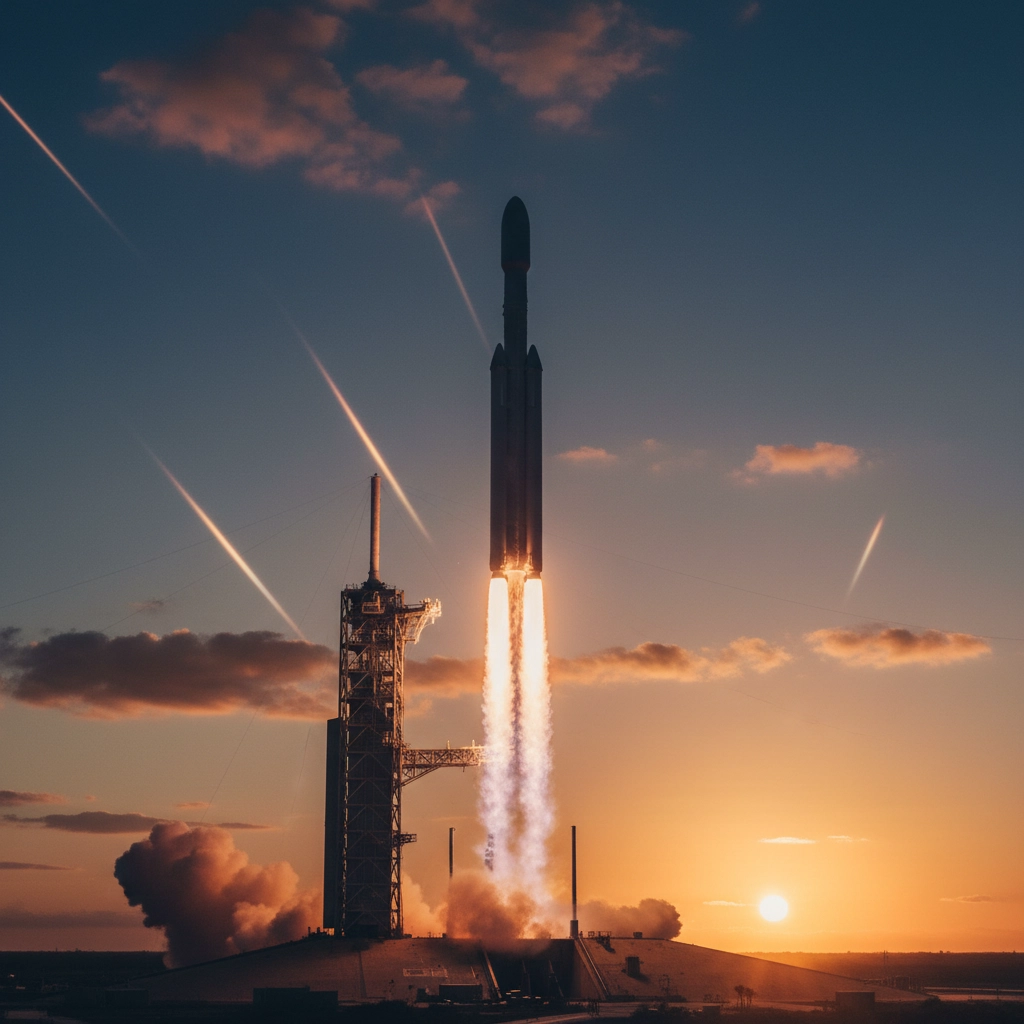
When Axiom Mission 4 launched on June 25, 2025, aboard a SpaceX Falcon 9 rocket from Kennedy Space Center, it carried more than just four astronauts, it carried the dreams of entire nations returning to space after decades away. The crew docked with the ISS's Harmony module just one day later, beginning what would become one of the most scientifically productive private missions to date.
Commander Peggy Whitson, a former NASA astronaut with extensive ISS experience, led the diverse international crew. Joining her were Shubhanshu Shukla from India, Sławosz Uznański-Wiśniewski from Poland, and Tibor Kapu from Hungary. What makes this crew particularly special? For India, Poland, and Hungary, Ax-4 represented their first government-sponsored human spaceflight missions in over four decades.
Imagine the excitement in these countries as their astronauts once again ventured beyond Earth's atmosphere. The missions weren't just about national pride, they were about reconnecting with humanity's greatest adventure after a 40-year hiatus.
More Than Tourism: A Scientific Powerhouse
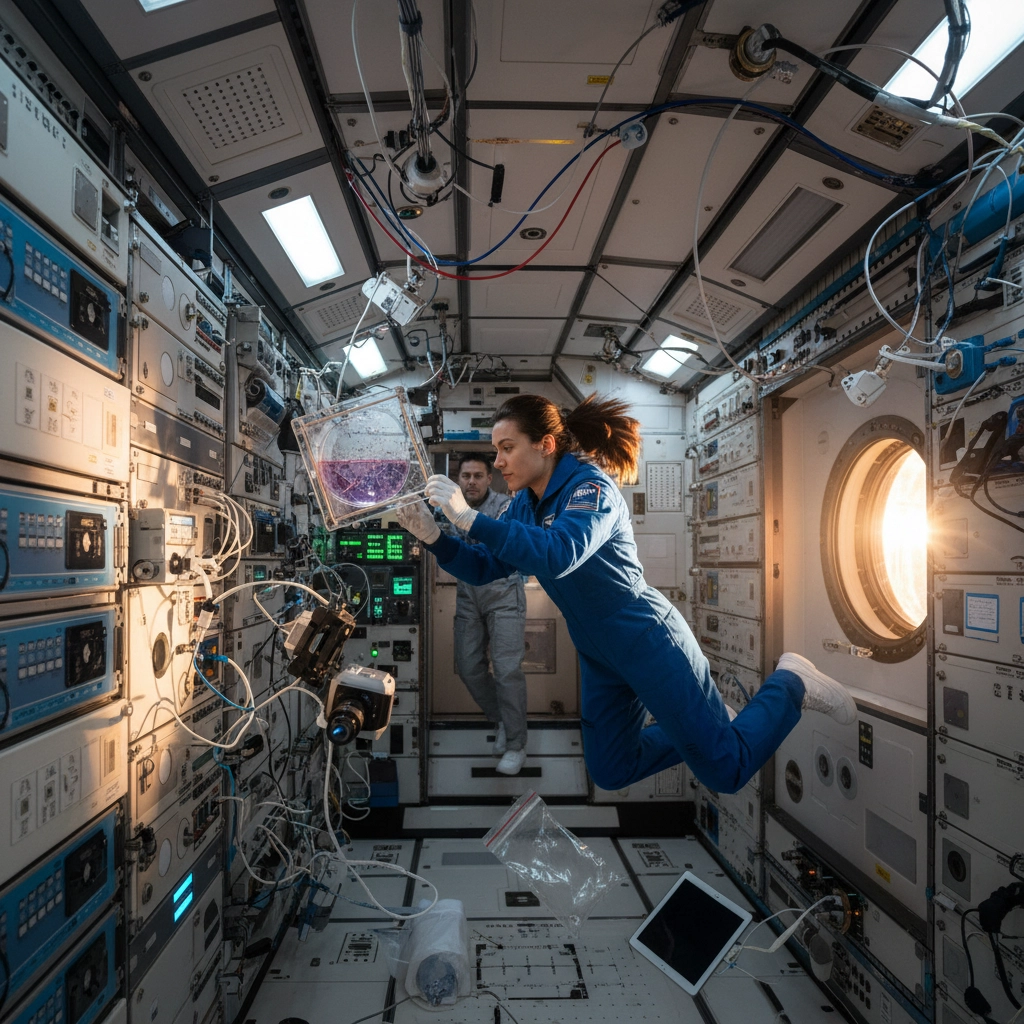
While many people still associate private astronaut missions with wealthy thrill-seekers, Axiom Mission 4 shattered that perception entirely. The crew didn't spend their 18 days taking selfies and floating around (well, not only that). Instead, they conducted over 60 experiments representing 31 countries, making it the most research-intensive private mission Axiom Space has ever launched.
From advanced materials science to biological research that could benefit millions of people on Earth, the Ax-4 crew worked tirelessly alongside the resident ISS astronauts. They investigated everything from protein crystal growth in microgravity to testing new technologies that could revolutionize manufacturing. This wasn't space tourism, this was serious science happening 400 kilometers above our heads.
The sheer volume of research demonstrates how private astronaut missions are becoming essential infrastructure for global scientific collaboration. Countries that might never have had access to space-based research facilities can now send their experiments aboard these commercial flights, democratizing access to the unique environment of space.
The New Normal: When Space Missions Become Routine
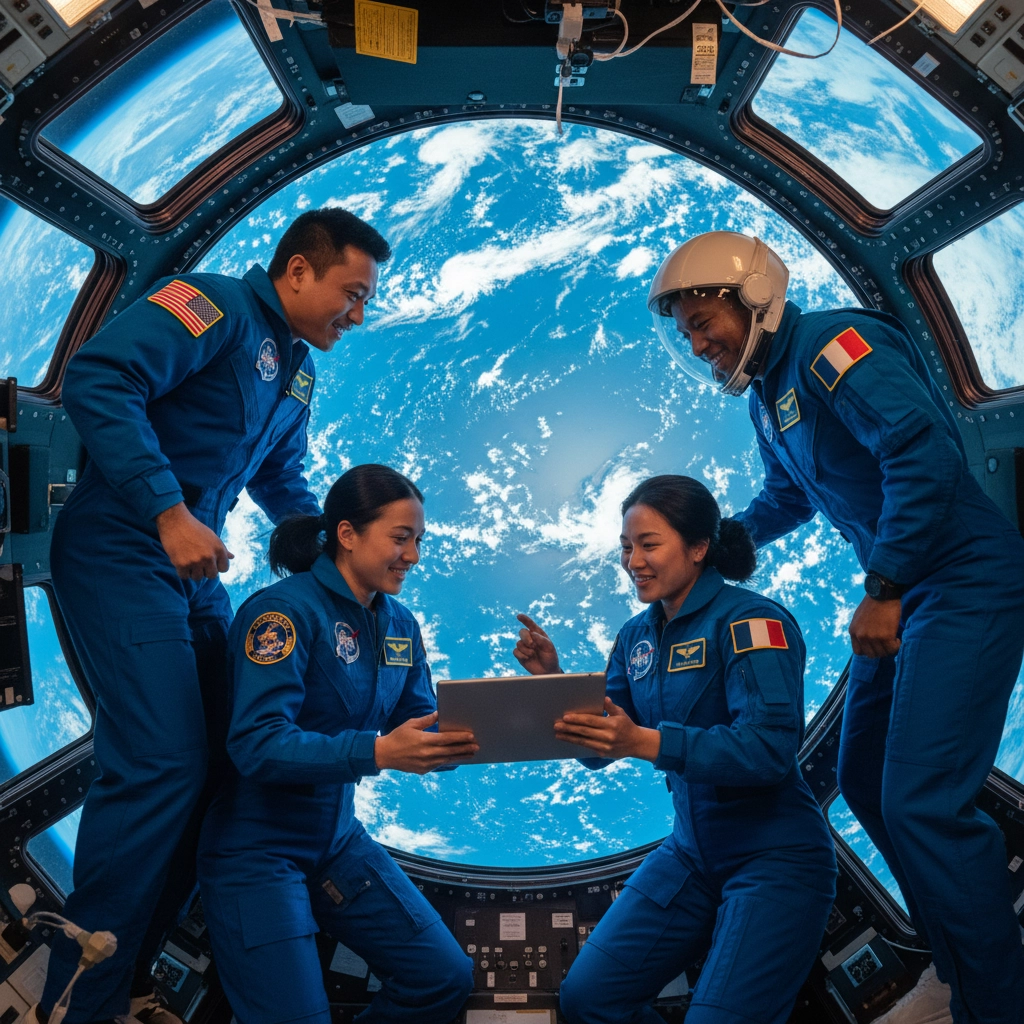
Here's where things get really exciting for anyone dreaming of their own space adventure. The coordination between NASA, Axiom Space, and the international crew has become so smooth that these missions now follow predictable, well-established protocols. What once required months of special preparation and caused major disruptions to ISS operations now integrates seamlessly into standard station activities.
NASA mission managers prepare resident crews through routine briefings, designate specific astronauts as points of contact for visiting crews, and everything runs like clockwork. The private astronauts work alongside the permanent crew for weeks, sharing meals, conducting joint experiments, and even enjoying downtime together. It's becoming as normal as hosting houseguests, except the house happens to be orbiting Earth at 28,000 kilometers per hour.
This normalization is revolutionary. When space missions transition from extraordinary events to routine operations, it signals that the infrastructure, safety protocols, and operational expertise have matured to support regular civilian access to space.
What This Means for Your Space Dreams
The success of private astronaut missions like Ax-4 is paving the way for an entirely new era of space accessibility. NASA and commercial partners are using these missions as testing grounds for post-ISS operations, refining the procedures that will govern future commercial space stations.
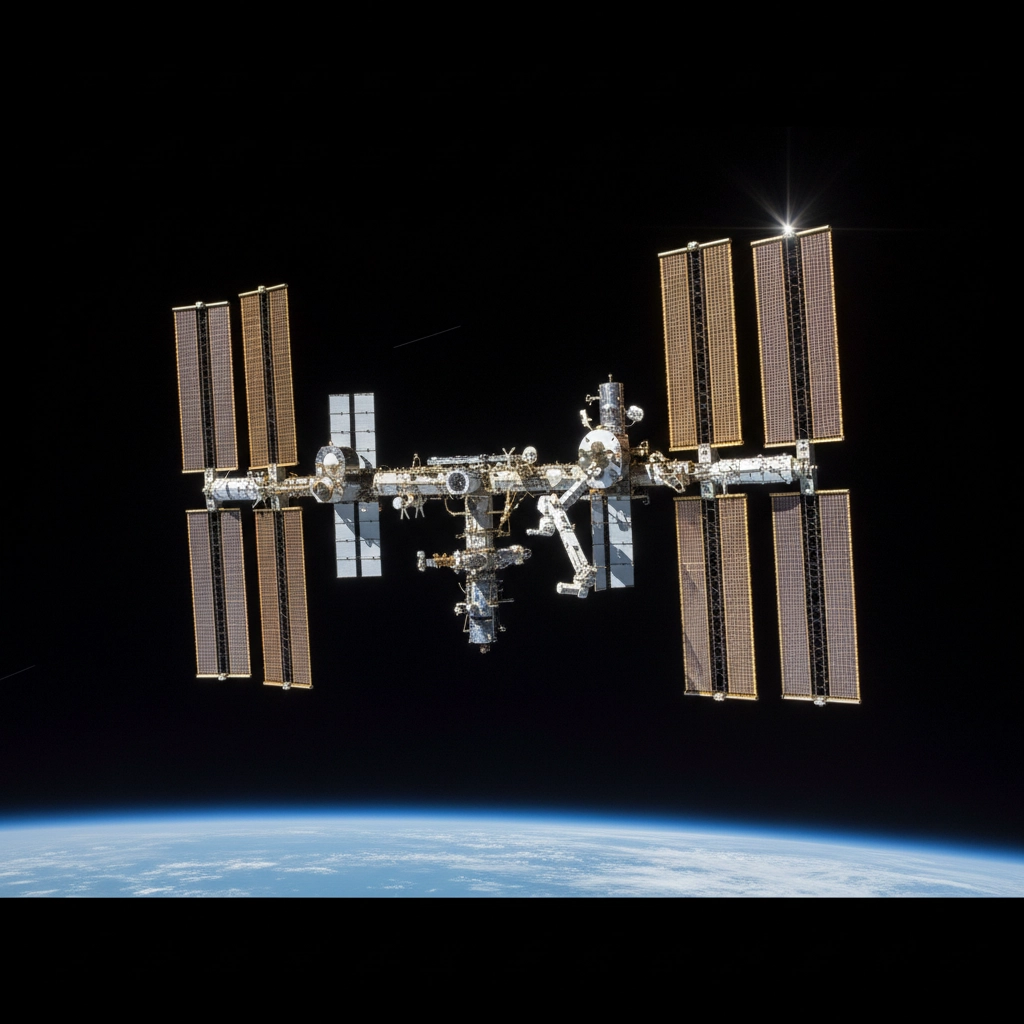
Think about it: every successful private mission demonstrates that ordinary people (with proper training) can live and work in space for weeks at a time. The astronauts on Ax-4 weren't superhuman, they were professionals from various backgrounds who proved that space is becoming a workplace, a laboratory, and yes, a destination for adventure.
The growing frequency of these missions shows that the space tourism industry is maturing rapidly. While orbital and suborbital experiences offer different levels of adventure, missions like Ax-4 prove that extended stays in space are becoming viable options for those seeking the ultimate frontier experience.
Looking Beyond the ISS
As the International Space Station approaches its planned retirement in the early 2030s, missions like Axiom Mission 4 are crucial for developing the operational knowledge needed for commercial space stations. Axiom Space itself is planning to launch its own commercial space station modules, creating dedicated facilities for research, manufacturing, and yes: space tourism.
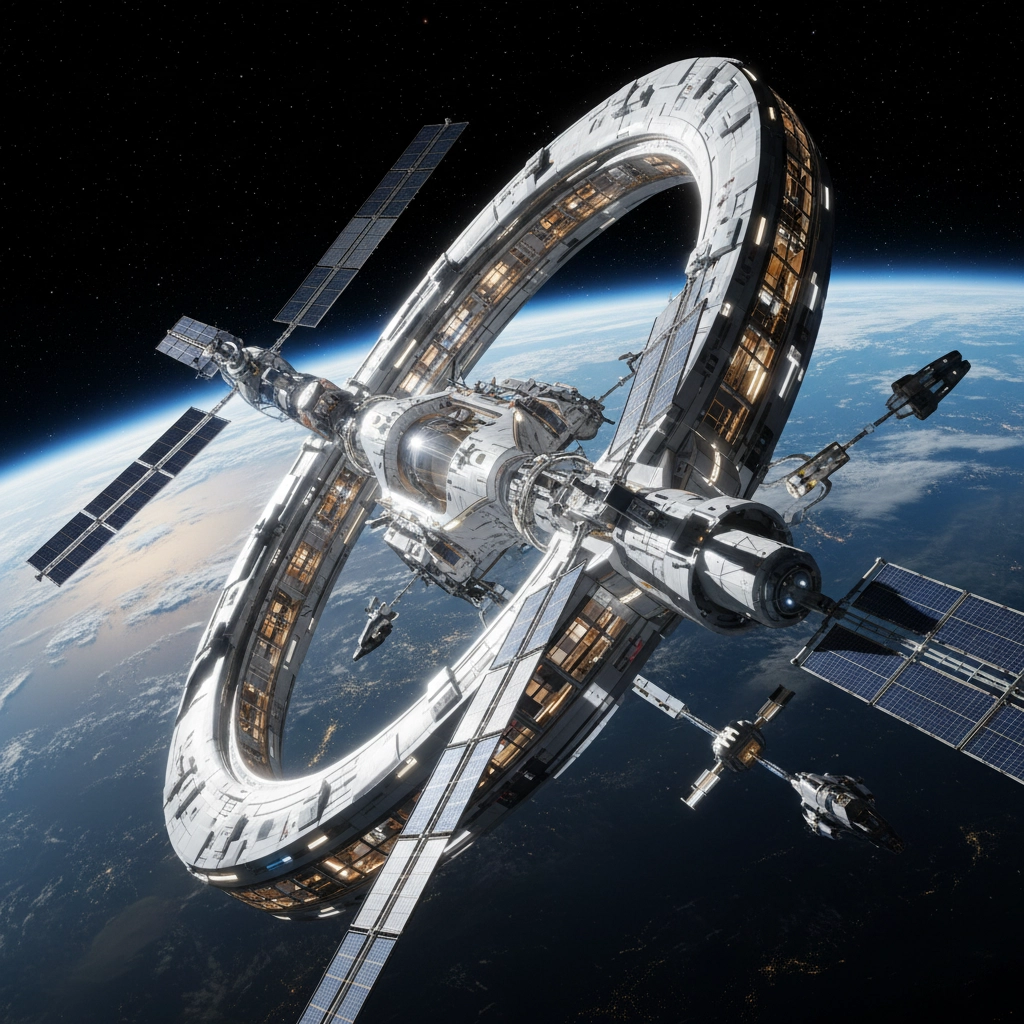
The partnership models established through these private astronaut missions are creating blueprints for how governments, companies, and individuals will collaborate in space. Every successful mission builds confidence, refines procedures, and brings us closer to a future where spending time in space becomes an achievable goal for adventurous souls from all walks of life.
Your Gateway to the Final Frontier
The return of Axiom Mission 4 represents more than just another successful space mission: it's proof that humanity's greatest adventure is becoming accessible. While we're not quite at the point where you can book a space vacation like a cruise, we're remarkably close to a future where orbital adventures are within reach for those bold enough to pursue them.
As private astronaut missions continue to demonstrate their reliability and scientific value, the path to space becomes clearer for future adventurers. Whether you're interested in the latest developments in space hotels or curious about what astronauts actually eat up there, the space tourism industry is evolving rapidly to make these experiences possible.
The success of Ax-4 proves that private astronaut missions are no longer experimental ventures: they're becoming the foundation of humanity's multi-planetary future. And that future? It's closer than you might think.
Ready to stay updated on the latest developments in space tourism and private astronaut missions? Explore more space industry news and discover how close we are to making space accessible for adventurers like you.
SEO Meta Title: Axiom Mission 4: Private Astronaut Missions Becoming Routine | RocketBreaks
Meta Description: Discover how Axiom Mission 4's successful 18-day ISS mission proves private astronaut missions are shifting from rare headlines to routine space adventures. The future of space tourism is here.
Focus Keyphrase: private astronaut missions
Categories: Space Tourism, Commercial Spaceflight, Space Missions
Tags: Axiom Space, International Space Station, space tourism, orbital missions, commercial spaceflight
